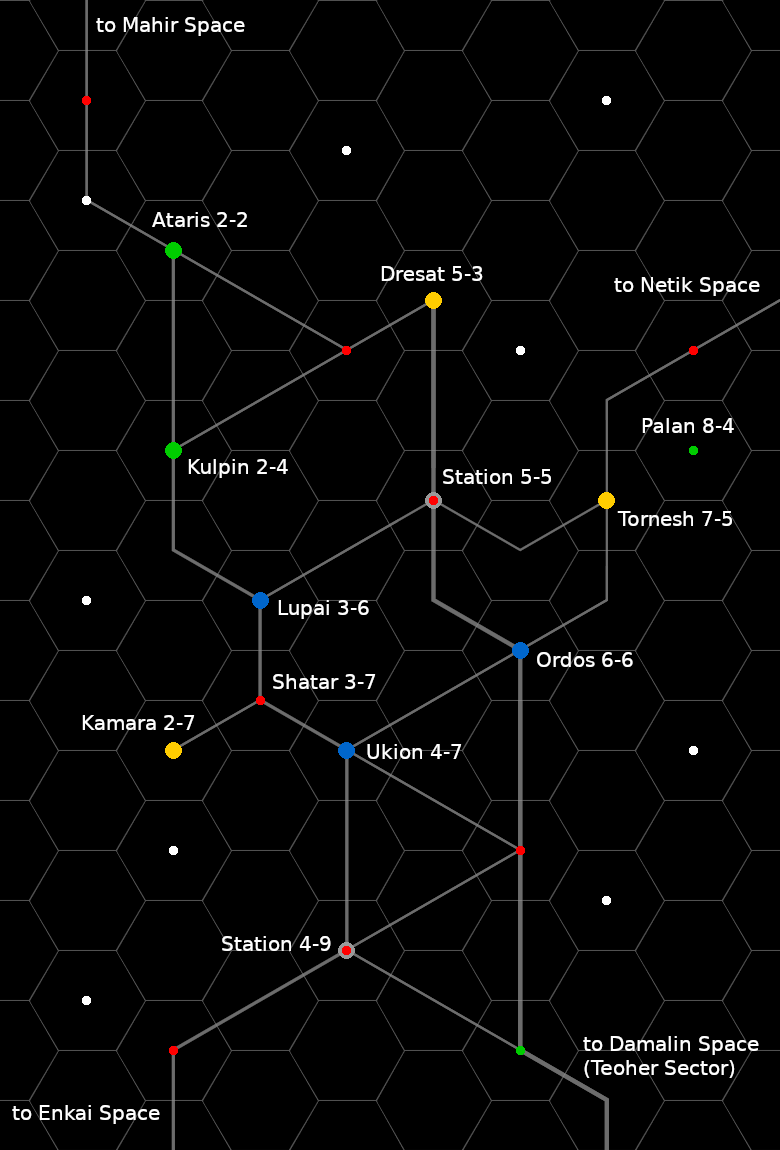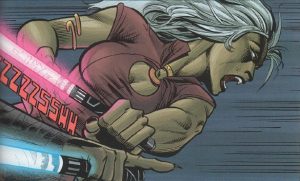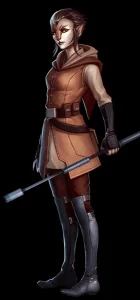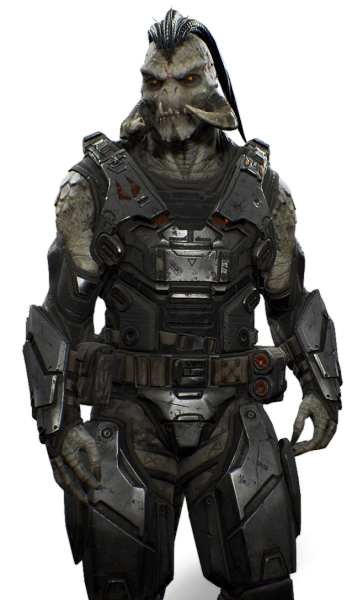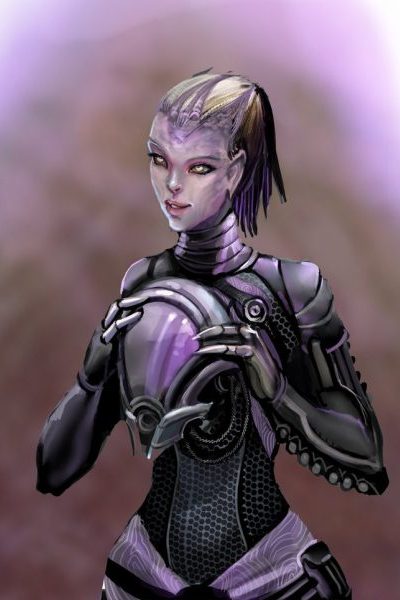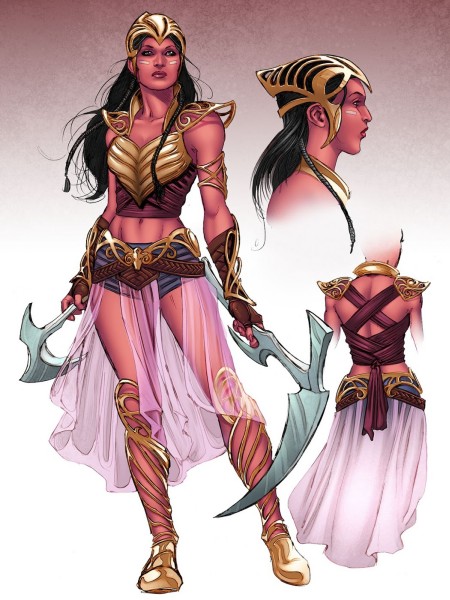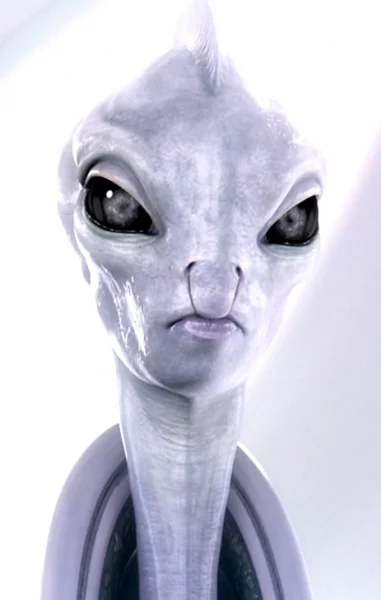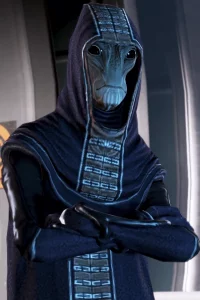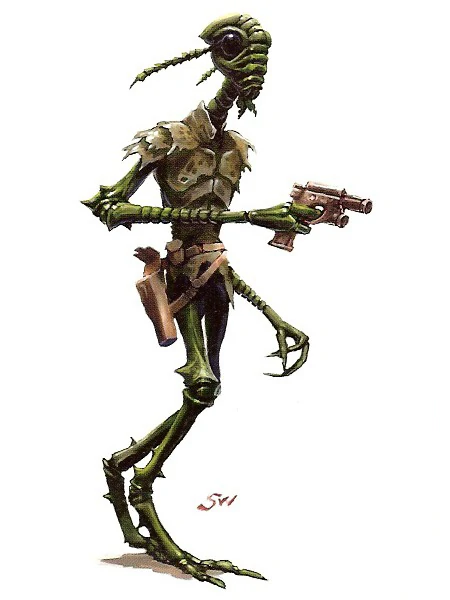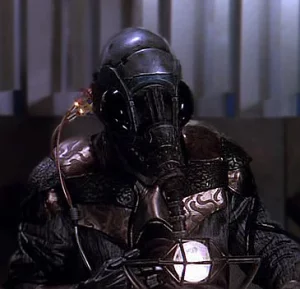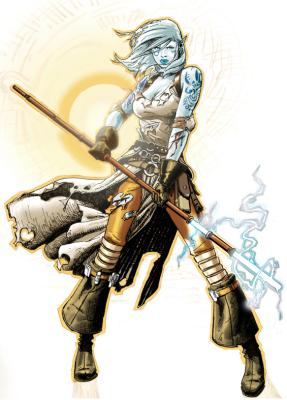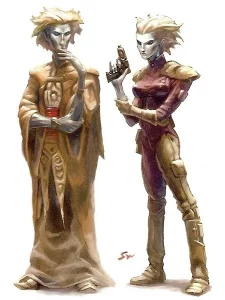The Esekar Sector is a small region on the remote edges of Known Space, named after the brightest star within its boundaries. It is located near the frontier regions of Enkai, Netik, and Damalin dominated space. The first mining colonies in the sector were established around 200 years ago, mostly by various Netik and Enkai mining clans. At the height of the mining operations, the total population of the sector reached up to 20 million people, but since most of the easily accessible deposits of palladium and irridium have been depleted and most of the mining fleets moved on to other sectors, that number has fallen to less than half of that. Today only a single mining clan is still operating on Dresat, but there are dozens of smaller independent mines struggling to stay in operation by scraping away at deposits considered nonprofitable by the major interstellar mining companies.
Ordos
(population: 4 million Damalin and others)
The planet Ordos is the primary commercial center of the Esekar Sector and home to nearly half of its population. Unlike most of the other planets in the sector, the original colony on Ordos was not established as a mining operation but as a parmanent trade port and location for food production, banks, and high-tech manufacturing. The entire colony with its multiple settlements is a consortium of several Damalin companies from the neighboring Teoher Sector. While small private businesses exist on Ordos, all the infrastructure is run and owned by the consortium, which is also the sole landlord for all properties on the planet. Ordos was specifically chosen for its mild climate and dense vegetation, which puts it into stark contrast with the mostly barren desert planets selected by the mining clans for their rich mineral resources. The planet is the closest thing anywhere in the Esekar sector to the urban worlds of the home systems, though that illusion quickly disappears as one gets close to the outer edges of the main cities, where the the buildings first give way to massive crops fields and then to seemingly endless forests that cover nearly all of the planet.
Lupai
(population: 1.5 million Enkai)
Though the planey Lupai is home to a wide range of plants and animals, it has relatively little surface water and atmospheric water vapor, which combined with a mostly mildly warm climate makes it a near paradise for Enkai. It is home to more than half of the Enkai population in the entire Esekar Sector. In many ways Lupai is quite similar to Ordos, being a major trade hub for the sector and effectively ruled by companies. However, there is no central government on Lupai and the nine major cities are each owned by diferent Enkai companies. Despite their competition, the merchant houses are unified to some degree by their rivalry with Ordos. The significantly greater size of the Damalin cartel could easily drive any single one of the Enkai companies out of business, but by making agreements to not underprice each other for certain goods on certain planets, they have so far managed to survive, even with the disappearance of most mining clans from the sector.
Dresat
(population: 2.5 million Netik, Enkai, Tubaki, and Chosa)
Even though Ordos and Lupai are the main economic centers of the Esekar Sector, Dresat is the sole reason they are having any business at all. Dresat is a rocky and barren planet that is nearly constantly shrouded in a sickly yellow haze that can cast the surface into twilight even in the middle of the day, and would never have attracted any colonists if not for its rich deposits of palladium and iridium. The entire planet has been claimed as the property of a Netik mining clan that has been opperating massive strip mines in several different sites on the surface for well over a century. While the mining operations have been scaled down over time, there are still well over a million miners employed by the mining clan and all the remaining economy of the planet exist solely to support the mine. When the mining clan will move out of the sector, many people expect Dresat to become nearly uninhabited within a decade. But the immenent closure of the mine has been predicted for over 50 years and it somehow still generates enough profits to justify its continued exiatence instead of relocating the entire operation to a new planet in a different sector, like all the other mining clans have done years ago.
Kulpin
(population: 600,000 Enkai)
Kulpin is another major Enkai colony in the sector. The jungles here are extremely dense and dominated by gargantuan trees, which cast most of the planet’s surface into permanent shadows. Most settlements are build on tall rocky hills and cliffs that rise above the surrounding forest, where the humidity is much lower than on the forest floor and more bearable for the Enkai residents.
Ataris
(population: 400,000 Mahir)
This planet is almost entirely covered in jagged mountains, glaciers, and frozen seas, orbiting a single faint red dwarf star. Though considered inhospitable by most species, it is actually home to a sizable Mahir population. In the face of nearly constant freezing winds, all settlements are build inside vast caverns inside the mountain peaks. There is some mining going on, but many of the old abandoned mines have been turned into research and testing facilities of various Mahir companies. The outside environment and underground nature of settlements makes it practically impossible to get in and out undetected and the massive stone walls prevent any attempts of raiding them by force, which can be an important advantage over space stations when working in a violently competitive industry.
Kamara
(population: 400,000 Enkai, Netik, and Tubaki)
Kamara used to be one of the main mining worlds in the sector that has been stripped mined by an Enkai mining clan for over a century before it was abandoned. Unlike Dresat, Kamara has relatively clear air with great open blue skies, and a mild climate that allows most species to be outside all day without any protective equipment. It also does not require any seals on habitats to keep out dangerous gases or particles in the air. Though being quite dry and dominated mostly by barren deserts, Kamara actually has some native plant life, but it is completely inedible to most species and both Netik and Jurikk agree that those plants they can digest are rather unappealing. The ability to grow foreign plants out in the open with the help of industrial fertilizers has allowed Kamara to become home to the largest number of independent miners in the whole sector, most of which are the descendants of former workers of the old strip mines.
Palan
(population: 200,000 Amai)
Palan is a planet almost entirely covered by water with only a few volcanic islands scattered across the ocean’s surface. Because of this it has been of little interest to either miners or settlers in the past, but has been chosen as the site of one of the first Amai colonies outside their home system. The colony on Palan has been established only 30 years ago, but small expansions keep being added to it to this day. It is almost entirely subsidized by the homeworld and what little industry exists on Palan is mostly a proof of concept for factories on new worlds and doesn’t make any profits. The only meaningful export of Palan is a kind of wine that sells for a good price on the homeworld, but really mostly for the novelty rather than the taste. The Amai mostly keep to themselves and have little contact with the other planets of the Esekar Sector.
Tornesh
(population: 300,000 Netik, Chosa, Tubaki)
Like Kamara, Tornesh is a mining planet that has been abandoned by the mining clans ages ago. However, its environment is far less hospitable, being much hotter and barren of any native life, and big sandstorms being quite common. Netik and Chosa are the only people who aren’t overly bothered by these conditions, but for some reason several thousand Tubaki still continue to endure the harsh environment and having no ambition to head for somewhere less hostile. While the miners on Kamara have established something of a civil society with public infrastructure and a sense of order, Tornesh is pure chaos and anarchy. There is no real authority on the planet, only various gangs defending their own claims over the increasingly crumbling old settlements. It’s an open secret throughout the sector that a good portion of minerals being shipped from Tornesh are being mined by slaves.



